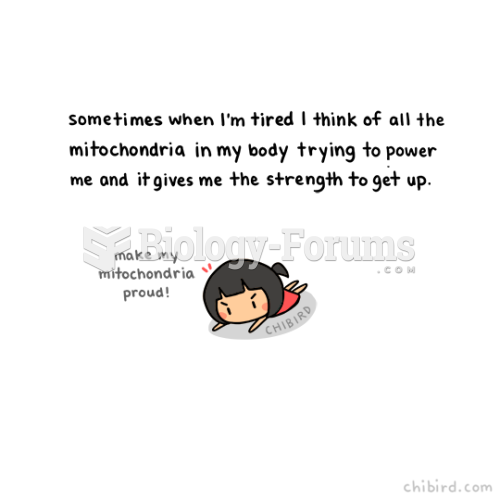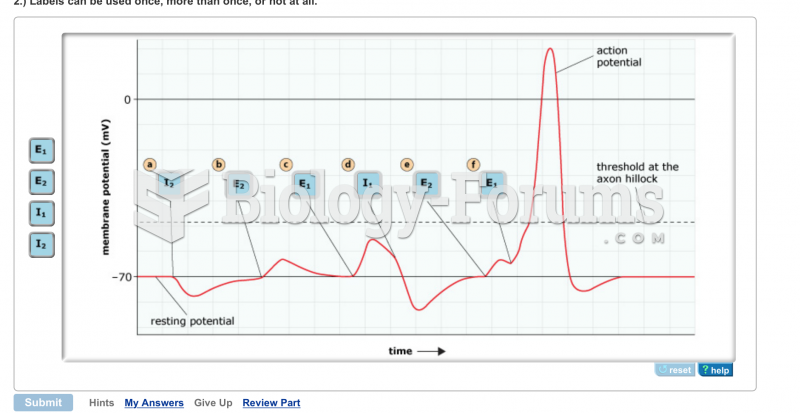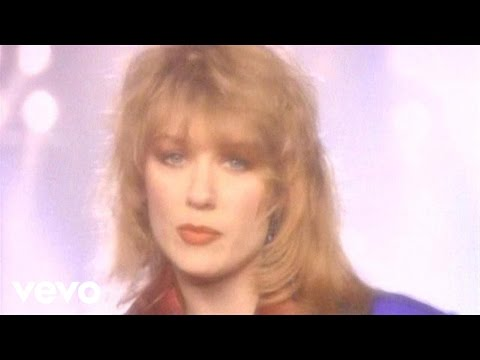Answer to Question 1
Behavioral methods often are used in conjunction with a complete program of direct instruction, which typically proceeds in a cumulative, highly structured manner (Wright & Jacobs, 2003), as shown in A Closer Look 7.2 . Because this method places a strong emphasis on the behavior of the teacher in terms of explicit correction, reinforcement, and practice opportunities, it is sometimes referred to as faultless instruction: Each concept should be so clearly presented that only one interpretation is possible. Each lesson is structured according to field-tested scripts. Teachers work with one small group of students at a time, and shoot questions at them at a rate as high as 10 to 12 per minute. This highly structured, repetitive method is clearly effective. Like behavioral methods, these procedures actively involve students in learning, particularly in monitoring their own thought processes. Considerable emphasis is placed on self-control by using strategies such as self-monitoring, self-assessment, self-recording, self-management of reinforcement, and so on (Alwell & Cobb, 2009; Cobb et al., 2006). Essentially, children are taught to ask themselves several questions as they progress, to make themselves more aware of the material.
Answer to Question 2
Computers have been used as simple instructional tools to deliver questions and answers since the 1970s. Since discovering phonological awareness and timing problems in the brain, researchers are now testing whether computers can remedy some basic auditory problems. Some children with communication and learning disorders are unable to process information that flashes by too quickly, such as the consonant sounds ba and da, and this deficit interferes with vital speech processes. Computer programs are able to slow down these grammatical sounds, allowing young children to process them more slowly and carefully







